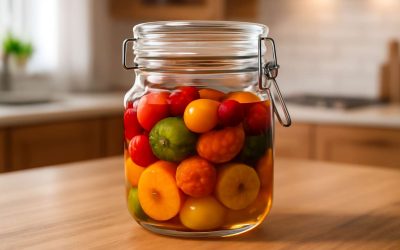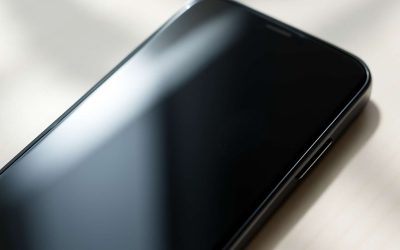Glass is a material that has many applications in modern life and it is a key component of buildings, mobile phone displays and other technology products. Its strength is a key concern for these products as they are often subject to thermal shock and bending. In order to avoid the damage caused by these factors, various strengthening processes have been developed.
Depending on the application, glass can be strengthened using one of three methods. These include heat, chemical and thermal tempering.
The first and most popular method is called heating, which uses a controlled temperature to increase the strength of the glass. This process is typically used to improve the structural integrity of glass that is 3 millimeters thick or more, although it can be applied to thinner glass as well.
Heat-strengthened glass is able to withstand much higher temperatures than annealed or untreated glass, which means it can be used for applications that require it to withstand extremes of heat and cold. It can also be used to protect objects from the harsh effects of solar radiation.
Another popular strengthening technique is chemical strengthening, which uses a salt bath solution to strengthen glass. During this process, the outer surface of the glass is altered by the addition of heavy ions that create a layer of compression on the glass’s surface.
This can increase the nominal impact strength by about 3 to 5 times ordinary annealed glass. It is an economical process and can be applied to thin glass, curved or shaped glass that cannot be thermally tempered.
In this process, the small sodium ions on the outer surface of the glass are replaced by larger potassium ions in a process called ion exchange. The extra volume of the K+ ions packed into the space vacated by the smaller sodium ions creates the state of compression and increases the surface compressive stress.
Because the ion-exchange process changes the atoms of the glass, it also alters its microstructure and mechanical properties. The resulting ion-exchange matrix is more plastic and less dense than a plain slurry, which can improve the overall performance of the glass in terms of its strength, hardness, stiffness, resistance to thermal shock and abrasion, and other mechanical properties.
The ion-exchange process also makes the surface of the glass more porous, which can allow for the diffusion of other types of ions and molecules. This can improve the overall durability of the glass by increasing its resistance to stress and shock, which is why it is commonly used for applications such as power generation, conductors, and semiconductors.
This is an exciting advancement in the science of glass that has been successfully utilized by some of the world’s most successful companies in their efforts to produce stronger, more durable products. It’s a technological breakthrough that has revolutionized the world of manufacturing and the way we use glass in our daily lives.



0 Comments